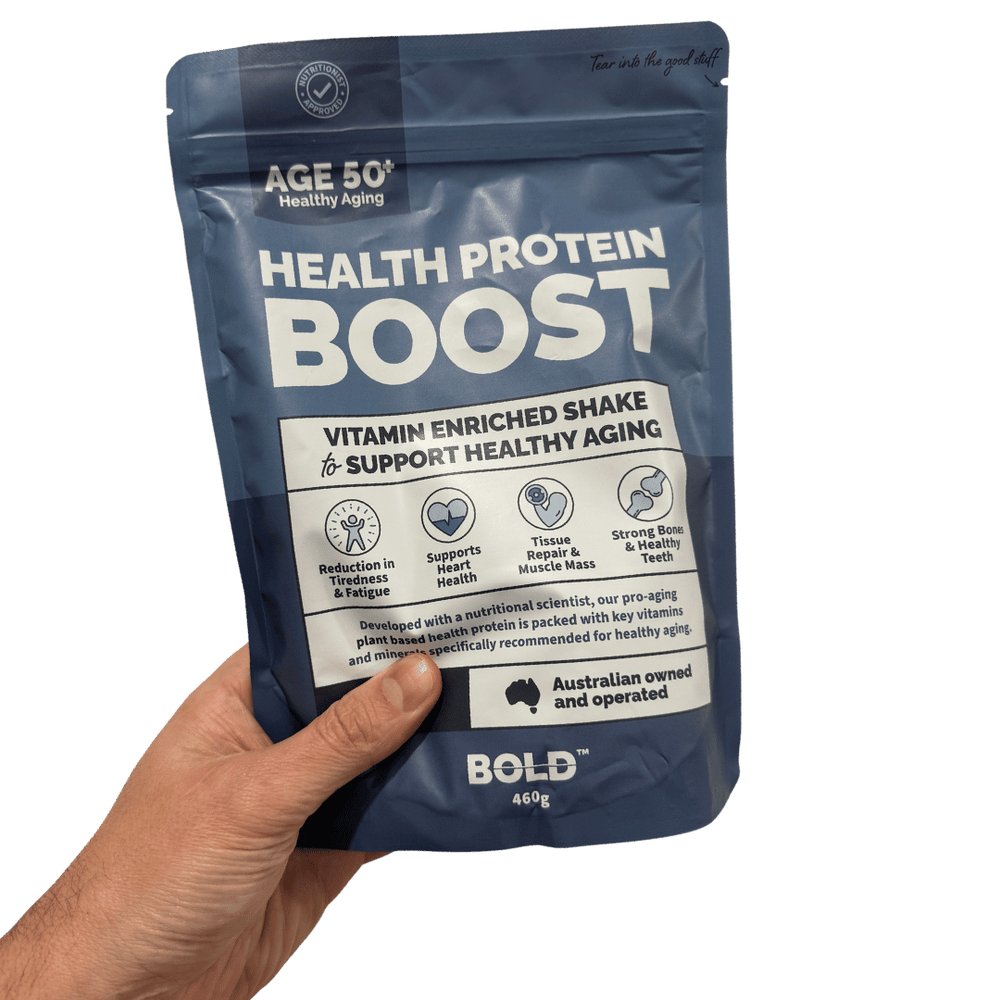Skin Cell Renewal: How Aging Slows the 28-Day Cycle and What to Do About It
Your Skin Renews Itself — But Here’s Why It Slows With Age (and What You Can Do About It)
Most people know skin changes as we age — but fewer know why. One of the biggest behind-the-scenes processes is your skin’s cell renewal cycle — the time it takes for fresh skin cells to form, move to the surface, and shed.
In healthy young adults, this cycle takes about 28 days. That means every month, you’re essentially wearing a whole new layer of skin.
But as the years go by, this renewal slows down.
The Science of Skin Turnover
Your skin is made up of multiple layers, with the epidermis (outer layer) acting as your protective barrier. Deep in the basal layer of the epidermis, keratinocytes (new skin cells) are produced. Over time, they travel upward, flattening and becoming part of the stratum corneum (outermost layer) before naturally shedding off.
Average skin renewal times by age:
| Age Group | Average Skin Renewal Cycle |
|---|---|
| Healthy young adult | ~28 days |
| 30s–40s | ~35–40 days |
| 50+ | ~45–60 days |
(Sources: Gniadecka et al., Journal of Investigative Dermatology, 1998; Kligman, Archives of Dermatology, 1989)
Why the Slowdown Happens
Several biological changes contribute to this lengthening cycle:
-
Reduced cellular metabolism – As we age, mitochondria in skin cells produce less energy (ATP), which slows down all cell processes, including division and renewal.
-
Declining collagen & elastin production – The dermis (below the epidermis) becomes thinner and less supportive, which can influence how quickly cells move upward.
-
Weakened barrier function – Older skin loses lipids and natural moisturizing factors, reducing hydration and making it harder for enzymes to break down old cells.
-
Hormonal changes – Menopause and andropause can reduce estrogen and testosterone, both of which help maintain skin thickness and elasticity.
-
Environmental damage – UV light, pollution, and smoking accelerate oxidative stress, damaging DNA and proteins needed for healthy turnover.
Why It Matters
When skin renewal slows:
-
Dead cells linger longer → skin looks dull, rough, and less radiant.
-
Fine lines appear deeper → older surface cells don’t reflect light as well.
-
Uneven texture & tone → pigmentation spots and rough patches become more noticeable.
-
Weaker skin barrier → skin becomes more prone to dryness, irritation, and infection.
What You Can Do to Support Healthy Skin Renewal
The good news? While we can’t stop aging, we can support the renewal process — both from the inside and the outside.
1. Nourish from Within
-
Protein: Skin is made of proteins like collagen, elastin, and keratin — without enough dietary protein, renewal slows.
-
Vitamin C: Essential for collagen synthesis and antioxidant protection (Am J Clin Nutr, 2007).
-
Zinc & Copper: Support enzymes that repair skin structure.
-
Omega-3s: Keep skin barrier lipids healthy for moisture retention.
💡 Bold Health Protein Boost is formulated to give your body the building blocks it needs to keep skin cells healthy and strong.
2. Stay Hydrated
Your skin cells rely on water for nutrient transport and enzyme activity. Mild dehydration can make skin appear more wrinkled and slow turnover. Aim for ~2–2.5L/day from water, herbal tea, and water-rich foods.
3. Protect Against Damage
-
SPF daily (even in winter) to reduce UV-induced DNA damage.
-
Limit exposure to pollution and cigarette smoke.
4. Gentle Exfoliation
Helps remove old surface cells so fresh ones can come through:
-
Physical exfoliation: Mild scrubs or brushes (once a week for sensitive skin).
-
Chemical exfoliation: AHAs (lactic/glycolic acid) or BHAs (salicylic acid) encourage natural shedding.
5. Support Hormonal & Cellular Health
-
Regular strength training and protein intake help maintain healthy hormones and circulation, both of which impact skin health.
-
Creatine (yes, the same supplement for muscles) may also improve skin cell energy metabolism — emerging research is exploring its topical and dietary benefits.
The Takeaway
Your skin is your body’s largest organ, and it’s always renewing itself — just more slowly as you age. Understanding the science means you can make smarter choices to nourish it, protect it, and keep it looking vibrant for decades.
Think of it this way: you can’t change the fact that the clock is ticking, but you can give your skin the best tools to keep up with the pace.


